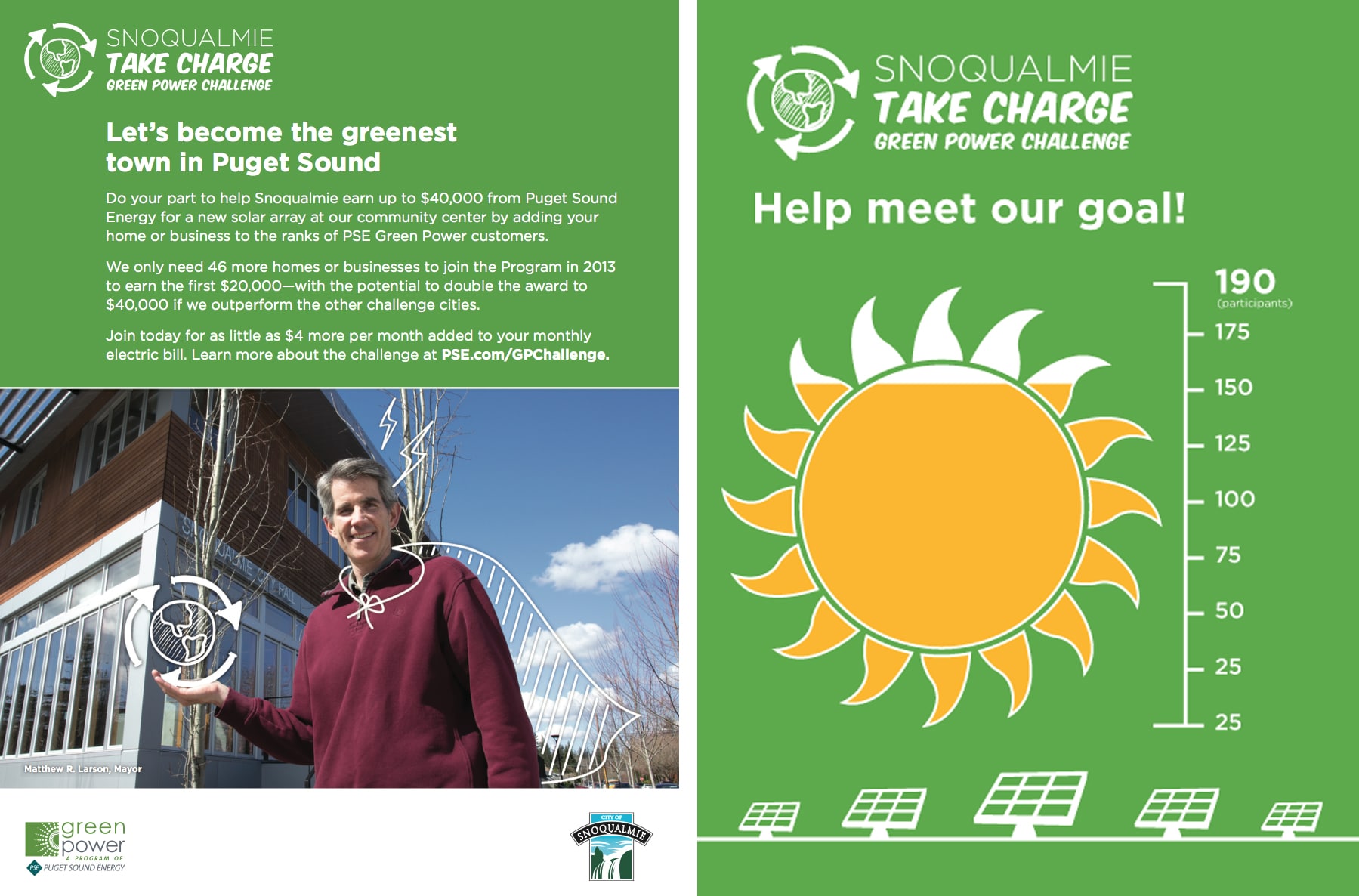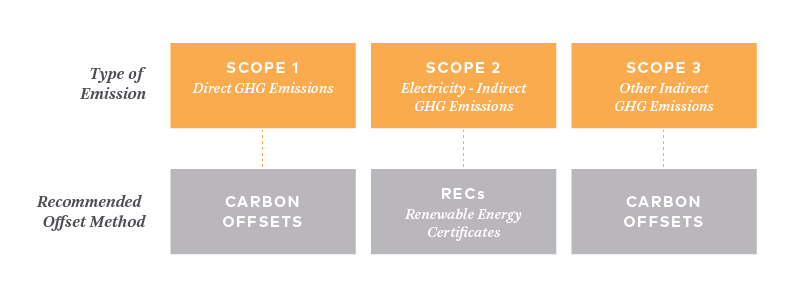
Virtual Power Purchase Agreements (VPPAs) are a relatively new way to buy renewable energy, providing companies with a financial hedge against future energy prices and a new mechanism for meeting their corporate environmental goals. But these contracts are also complex and it is important to understand how they work.
With a VPPA, an organization buys two things: a hedge against potentially rising electricity prices, and the environmental benefits associated with that electricity. Under a VPPA, the buyer does not take physical delivery of the electricity (hence the word “virtual” in its title). This is attractive to buyers because it allows them the benefits of a standard PPA agreement without being required to schedule for, accept delivery, and redeliver the underlying electricity.
A VPPA is a “contract for differences”. A renewable electricity generator and a buyer agree to a fixed price for the electricity purchased. This is compared to the price of electricity at a given point on the electricity grid on the settlement date(s). If the price on the grid is greater than the VPPA price, the generator pays the buyer. If lower, the buyer pays the generator. One party pays the other the difference between the market price and the VPPA price, hence it is called a contract for differences.
Dodd-Frank and its implications for VPPAs
The Dodd-Frank Wall Street Reform and Consumer Protection Act (commonly referred to as “Dodd-Frank”) was passed in the wake of the 2008 financial crisis and was intended to reign in the misuse of financial derivatives1. Enacted in 2010, Dodd-Frank regulates parties transacting in “swaps,” which are a type of derivative.
A swap is a transaction where there is no physical delivery of a product, but instead there is a cash settlement, based on the movement of an external market price. Swaps are regulated by the Commodity Futures Trading Commission (CFTC).
Although the CFTC has not yet considered VPPAs to determine if they are swaps, it is likely that VPPAs are swaps, making the parties transacting in swaps subject to Dodd-Frank requirements. These requirements can be met with appropriate foresight. Dodd-Frank regulatory requirements include clearing2, margin3, registration, reporting, and recordkeeping. The vast majority of VPPA buyers will be able to take advantage of exemptions from clearing, margin, and registration obligations. Buyers need to have strategies in place for reporting and recordkeeping compliance.
Reporting:
The parties to the swap agreements are required to report on the terms of the swap, post-execution changes to the swap terms, and file quarterly reports to CFTC designated entities. In the terms of the VPPA agreement, it is permissible that this responsibility be assigned to the electricity seller. 3Degrees recommends this approach as a way to allocated this burden to the seller, who is likely more familiar with Dodd-Frank requirements.
Recordkeeping:
Both parties are required to maintain swap transaction records indefinitely, and 3Degrees recommends that parties maintain both hard and soft copies of all swap records.
Additional detail to share with your legal counsel regarding Dodd-Frank compliance can be found here: PDF
Conclusion
VPPAs are a very visible and compelling way to purchase renewable energy, meet corporate environmental obligations, and hedge against a potential rise in future energy prices. VPPAs are complicated, and there are important regulatory obligations that come along with VPPAs. To ensure success, two steps are critical: engage your legal counsel early and pick a trusted partner who can guide you through this process.
This article is adapted from a version published in The Journal on the Law of Investment & Risk Management Products
[1] The CFTC Glossary defines a “derivative” as a “financial instrument, traded on or off an exchange, the price of which is directly dependent upon (i.e. derived from) the value of one or more underlying securities, equity indices, debt instruments, commodities, other derivative instruments, or any agreed upon pricing index or arrangement (e.g., the movement over time of the Consumer Price Index or freight rates)…” See https://www.cftc.gov/ConsumerProtection/EducationCenter/CFTCGlossary/index.htm#D.
[2] The CFTC Glossary defines “clearing” as the procedure through which the clearing organization becomes the buyer to each seller of a futures contract or other derivative, and the seller to each buyer for clearing members. See https://www.cftc.gov/ConsumerProtection/EducationCenter/CFTCGlossary/index.htm#C.
[3] The CFTC Glossary defines “margin” as “The amount of money or collateral deposited by a customer with his broker, by a broker with a clearing member, or by a clearing member with a clearing organization. The margin is not partial payment on a purchase…” See https://www.cftc.gov/ConsumerProtection/EducationCenter/CFTCGlossary/index.htm#M.







Recent Comments